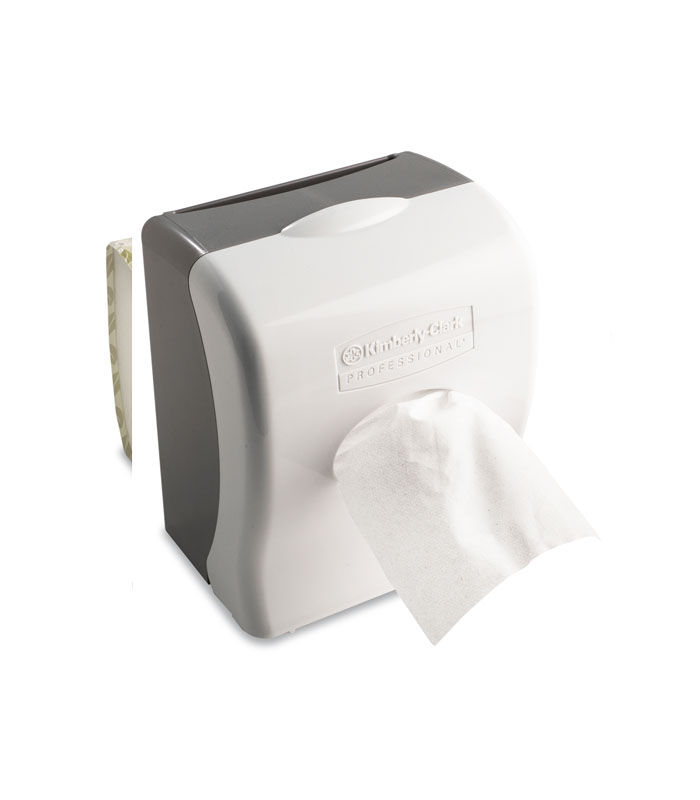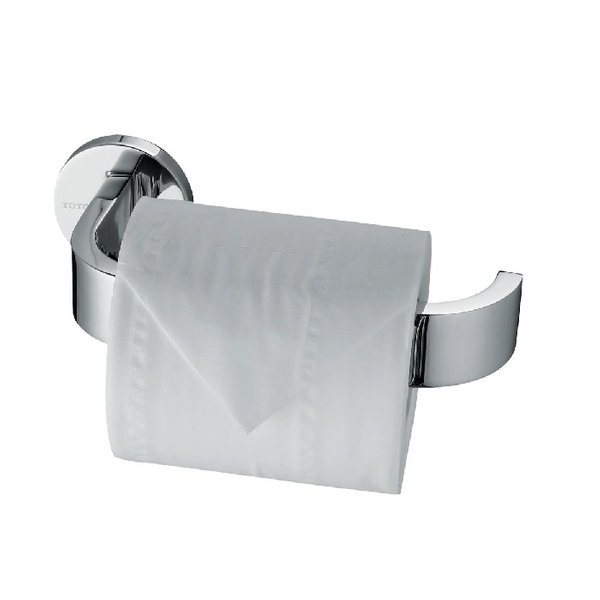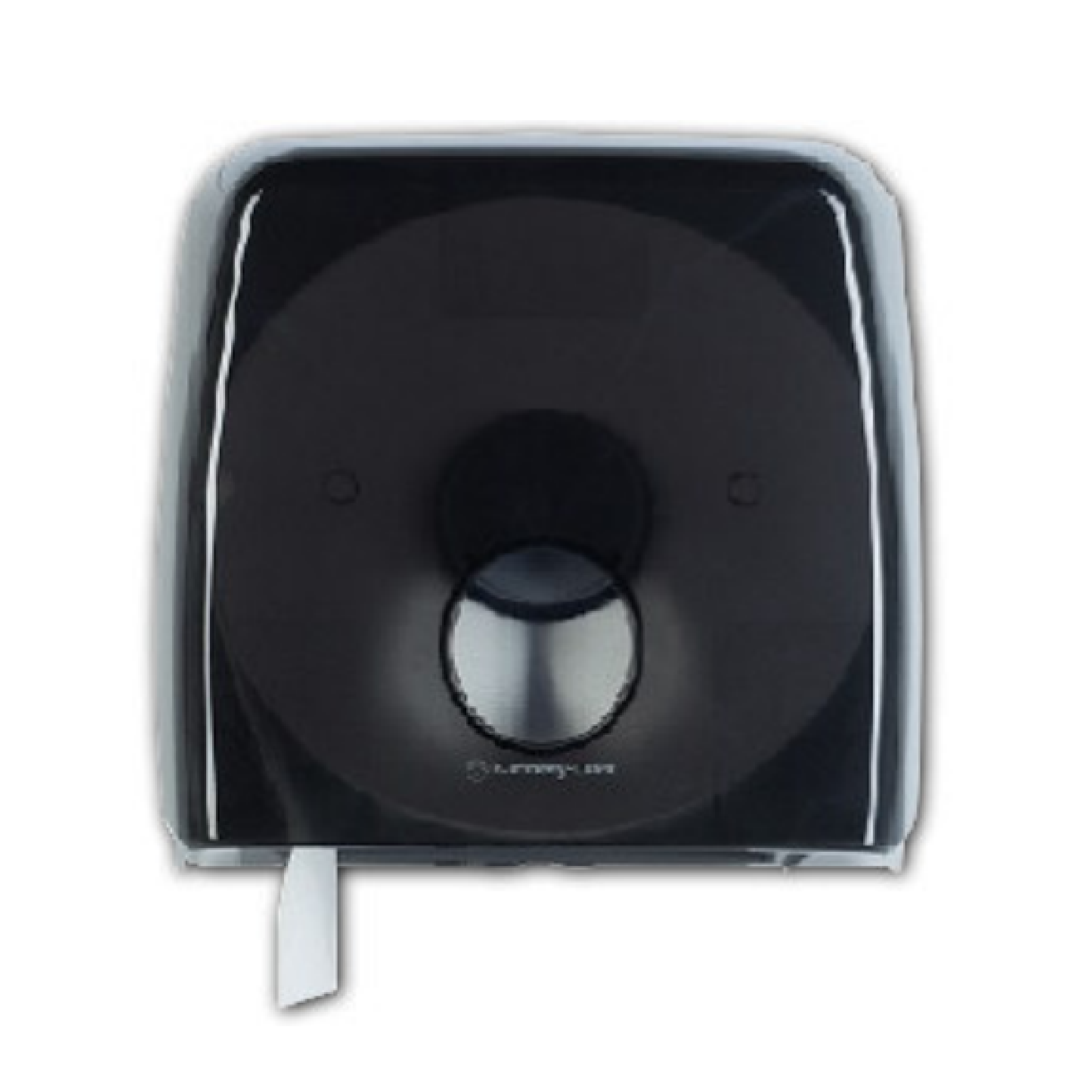toilet roll dispensers are an essential fixture in any bathroom, providing a convenient and hygienic way to dispense toilet paper. They come in a variety of designs and styles to match any bathroom decor and meet various needs. From simple wall-mounted models to touchless, automatic dispensers, there is a toilet roll dispenser to suit every bathroom.
In this comprehensive guide, we will explore the different types of toilet roll dispensers, their benefits, common problems, maintenance tips, regulations and standards, emerging trends, and even compare them with other types of dispensers. By the end, you will have a thorough understanding of toilet roll dispensers and be able to choose the right one for your bathroom.
Types of Toilet Roll Dispensers

There are three main types of toilet roll dispensers – wall-mounted, floor-standing, and countertop. Each type has its own unique features and advantages.
Wall-Mounted Dispensers
Wall-mounted dispensers are the most common type of toilet roll dispenser. As the name suggests, they are mounted on the wall above or beside the toilet, making them easy to reach and use. These dispensers can be found in almost every public restroom and are also popular in homes.
Wall-mounted dispensers are available in a variety of styles, from traditional to modern, and can be made from materials such as plastic, metal, or stainless steel. Some wall-mounted dispensers have a locking mechanism to prevent theft or vandalism. They also come in different sizes to accommodate different roll sizes.
One of the biggest advantages of wall-mounted dispensers is their space-saving design. They do not take up any floor space and can be conveniently placed at eye level for easy access. They are also easy to install and refill, making them a practical and cost-effective option for bathrooms.
Floor-Standing Dispensers
Floor-standing dispensers are another popular option, especially for public restrooms. These dispensers are freestanding and can be placed anywhere in the bathroom. They typically have a larger capacity than wall-mounted dispensers and can hold multiple rolls of toilet paper.
Floor-standing dispensers come in various designs, including traditional vertical models and modern horizontal ones. They are available in different materials like plastic, metal, or stainless steel. Some floor-standing dispensers also come with features such as locking mechanisms and adjustable dispensing settings.
The biggest advantage of floor-standing dispensers is their high capacity, making them suitable for high-traffic areas. They also do not require any installation and can be easily moved or relocated if needed. However, they do take up more space compared to wall-mounted dispensers.
Countertop Dispensers
Countertop dispensers are a compact option for small bathrooms or powder rooms. These dispensers are placed on the bathroom counter and can hold one or two rolls of toilet paper. They are available in a variety of styles and materials to match the decor of any bathroom.
Countertop dispensers are ideal for bathrooms with limited space, as they do not take up any floor space. They are also easy to refill and maintain. However, they may not be suitable for high-traffic areas, as they have a smaller capacity compared to wall-mounted or floor-standing dispensers.
| Type | Advantages | Disadvantages |
|---|---|---|
| Wall-Mounted | Space-saving design, easy to install and refill | Limited capacity, may not be suitable for high-traffic areas |
| Floor-Standing | High capacity, no installation required | Takes up more space, may be more expensive |
| Countertop | Compact design, easy to refill and maintain | Smaller capacity, not suitable for high-traffic areas |
Choosing the Right Toilet Roll Dispenser

When it comes to choosing the right toilet roll dispenser, there are a few factors to consider. These include the size and layout of your bathroom, the frequency of use, and the level of maintenance required.
For small bathrooms or powder rooms, a countertop dispenser would be the most suitable option. They take up minimal space and are easy to refill and maintain. For larger bathrooms or high-traffic areas, a wall-mounted or floor-standing dispenser would be a better choice, as they have higher capacities and are more durable.
Another important factor to consider is the material of the dispenser. Plastic dispensers may be more affordable, but they may not be as durable as metal or stainless steel ones. If you have a busy bathroom with high usage, investing in a sturdier material would be a wise decision.
It is also essential to consider the type of toilet paper you will be using with the dispenser. Some dispensers are designed to accommodate only standard rolls, while others can hold jumbo or coreless rolls. Make sure to check the specifications of the dispenser before purchasing.
Benefits of Using Toilet Roll Dispensers

Using a toilet roll dispenser offers several benefits. Here are some of the main advantages:
- Hygienic: With a toilet roll dispenser, the toilet paper is protected from germs, moisture, and contaminants. This helps to maintain a hygienic environment in the bathroom.
- Easy to Use: Dispensers make it easier for individuals to access and dispense toilet paper, especially for those with mobility issues.
- Time-Saving: Having a dispenser eliminates the need for constantly refilling individual rolls, saving time and effort.
- Cost-Effective: By controlling the amount of paper being dispensed, these devices help to reduce waste and save money in the long run.
- Customizable: Many dispensers come with adjustable settings that allow users to choose the desired length and number of sheets per dispense.
- Aesthetically Pleasing: Toilet roll dispensers come in various designs and styles, making them a functional and aesthetically pleasing addition to any bathroom.
Common Problems with Toilet Roll Dispensers
Despite their numerous benefits, toilet roll dispensers can also encounter some problems. The most common issues include jamming, running out of paper, and vandalism.
If the dispenser is not installed properly, it may lead to frequent jamming, which can be frustrating for users. Proper installation and regular maintenance can help prevent this issue. Running out of paper is another problem that can occur if the dispenser is not refilled regularly, leading to inconvenience for users. Vandalism is a major issue, especially in public restrooms, and can result in damage or theft of the dispenser. Using a dispenser with a locking mechanism can help prevent vandalism to some extent.
Tips for Maintaining Toilet Roll Dispensers
To ensure your toilet roll dispenser functions smoothly, it is essential to follow these maintenance tips:
- Regular Cleaning: Regularly clean the dispenser with soap and water to remove any buildup of soap scum, dust, or debris.
- Check for Jams: Periodically check for any jams or blockages in the dispenser and clear them immediately.
- Refill Regularly: Keep the dispenser stocked with toilet paper to prevent any inconvenience to users.
- Inspect for Damage: Regularly inspect the dispenser for any damage, such as cracked or broken parts, and replace them if necessary.
- Follow Manufacturer’s Instructions: Always follow the manufacturer’s instructions for proper installation, use, and maintenance of the dispenser.
- Use Quality Paper: Use good quality toilet paper to prevent clogging or jamming of the dispenser.
Regulations and Standards for Toilet Roll Dispensers
In many countries, there are regulations and standards in place for toilet roll dispensers to ensure safety and hygiene. These may include guidelines for installation height, accessibility, and capacity.
In the United States, the Americans with Disabilities Act (ADA) has specific requirements for both wall-mounted and floor-standing dispensers. These include a maximum height of 48 inches for wall-mounted dispensers and a minimum of 15 inches between the bottom of the dispenser and the floor for floor-standing ones.
In Europe, the European Standard EN 12221 sets regulations for changing units in public restrooms, which includes guidelines for diaper changing stations as well as toilet roll dispensers.
It is essential to check with your local authorities and follow these regulations when installing a toilet roll dispenser in a public restroom.
Emerging Trends in Toilet Roll Dispensers
With advancements in technology, toilet roll dispensers have evolved to cater to modern needs and preferences. One such trend is touchless or automatic dispensers, which reduce the risk of cross-contamination and improve hygiene.
These dispensers use sensors or motion-activated mechanisms to dispense toilet paper without the need for any physical contact. They are becoming increasingly popular in public restrooms, as they provide a more hygienic solution compared to traditional dispensers.
Another emerging trend is the use of sustainable materials in the production of toilet roll dispensers. With increasing awareness about environmental issues, many manufacturers are now using recycled materials or offering eco-friendly options, such as bamboo or biodegradable plastic, for their dispensers.
Comparing Toilet Roll Dispensers with Other Dispensers
Toilet roll dispensers are often compared to other types of dispensers, such as paper towel dispensers or soap dispensers. However, each serves a different purpose and has its own unique features.
| Dispenser Type | Main Purpose | Advantages |
|---|---|---|
| Toilet Roll | Dispensing toilet paper | Hygienic, customizable, cost-effective |
| Paper Towel | Dispensing hand towels | Easy to use, customizable, reduces waste |
| Soap | Dispensing liquid or foam soap | Promotes hand hygiene, cost-effective |
While all three types of dispensers promote hygiene and convenience, they serve different functions in a bathroom. While you may use all three in a public restroom, only a toilet roll dispenser would be necessary for a home bathroom.
FAQs About Toilet Roll Dispensers
- Can I install a toilet roll dispenser myself?
- Yes, most dispensers come with installation instructions and can be easily installed with basic tools.
- How do I refill the dispenser?
- The method of refilling depends on the type of dispenser you have. For wall-mounted and floor-standing dispensers, you will need to remove the cover or lid and place the new roll in the designated area. For countertop dispensers, you simply need to remove the top and slide the roll onto the holder.
- What should I do if my dispenser is jammed?
- If your dispenser is jammed, try gently pulling out the paper. If that does not work, you may need to open the dispenser and clear any blockages manually.
- Are there any regulations for installing a toilet roll dispenser in a home bathroom?
- No, there are no specific regulations for installing a toilet roll dispenser in a home bathroom. However, it is essential to follow the manufacturer’s instructions for proper installation and maintenance.
- Can I use any type of toilet paper with a dispenser?
- It is recommended to use standard rolls of toilet paper for wall-mounted and floor-standing dispensers. However, some models may also accommodate jumbo or coreless rolls. Countertop dispensers usually work best with standard rolls.
Conclusion
Toilet roll dispensers play an important role in maintaining hygiene and convenience in any bathroom. With a variety of types, styles, and features available, it is essential to choose the right dispenser for your needs. Regular maintenance and following regulations can ensure the longevity and effectiveness of these essential fixtures. Stay updated with emerging trends and make an informed decision when purchasing a toilet roll dispenser for your bathroom.